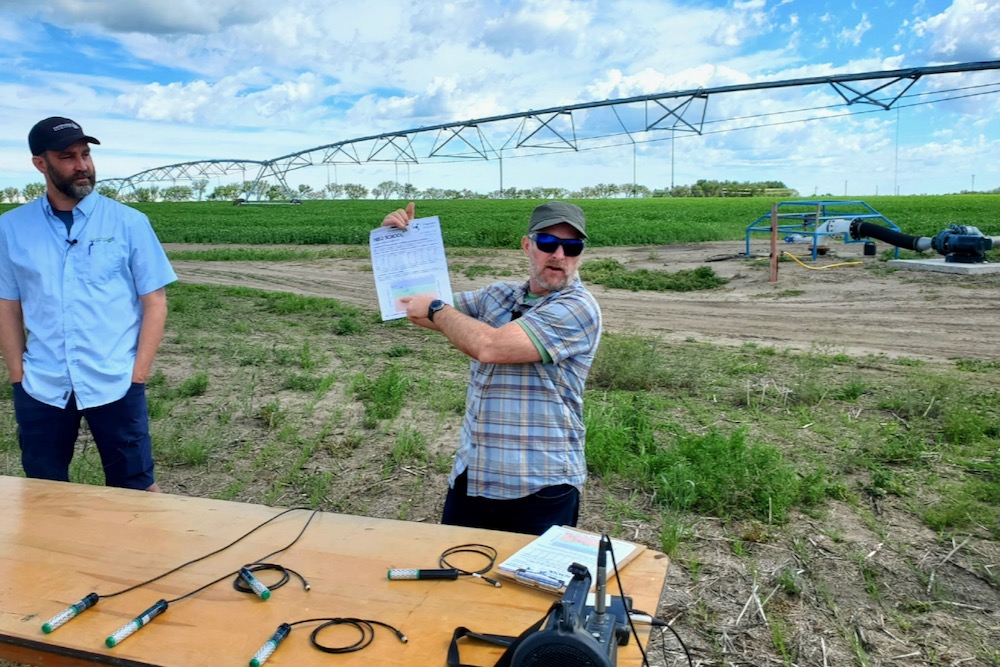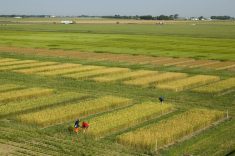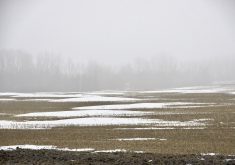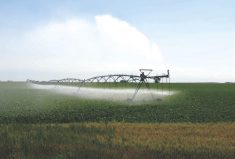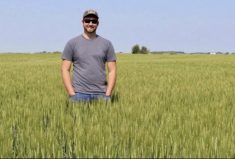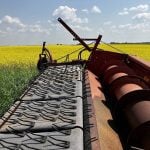Profiting from winter-hardy crops can be challenging, but they’re worth planting in small test areas, says the head of research and development at Western Ag Innovations.
“It’s something good to keep your eye on,” Eric Bremer said at the recent Farming Smarter field school in Lethbridge. “It’s still difficult to guarantee a good result. Winter wheats? Maybe yes, with good residue cover.
“But with some of these other crops, we need to make sure the varieties and management are good enough that they can get a crop for sure.”
Read Also
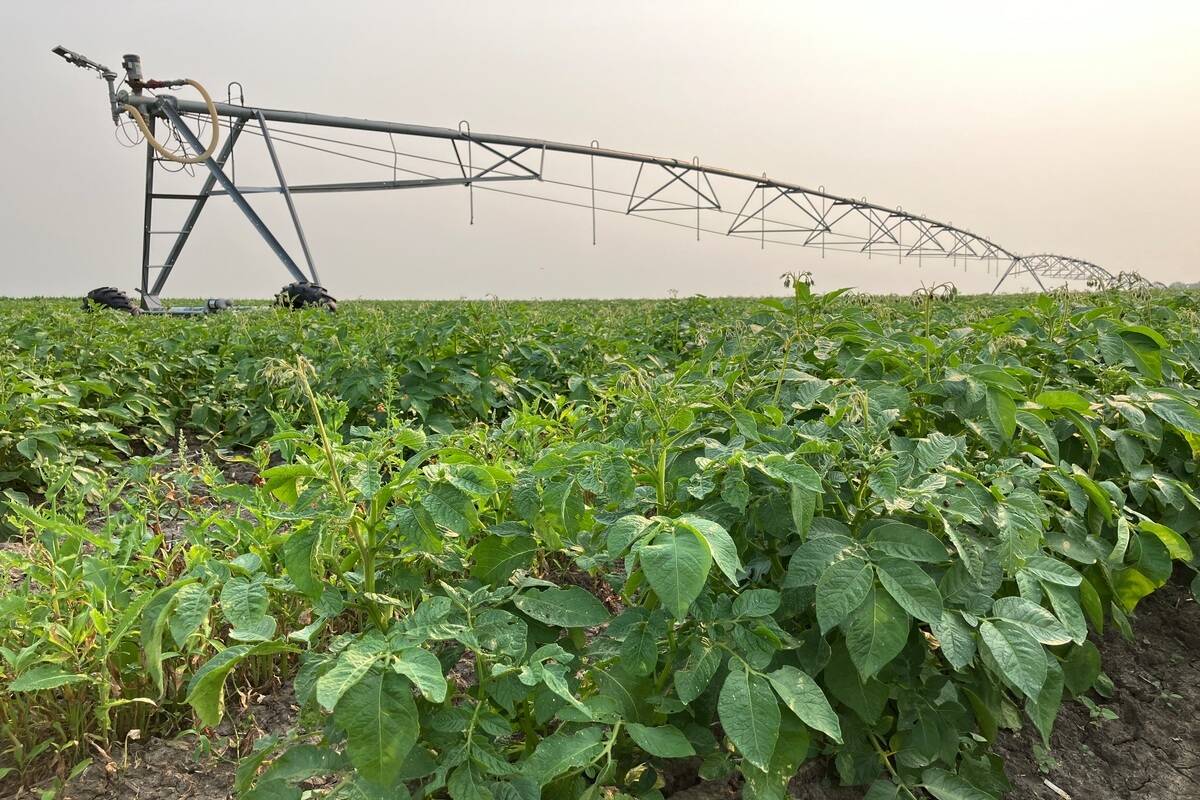
Western Irrigation District and Langdon Waterworks sign water management agreement to ensure long-term water supply and management
The WID and Langdon Waterworks Limited have come to an agreement which will address the future of water access east of Calgary
There are two significant issues with winter-hardy crops. One is establishing them in fall when it’s dry and farmers are busy.
“When it’s super dry, there’s no hope of establishing a winter crop in the fall,” he said. “It just doesn’t work. You probably need at least a half inch of rain for the small-seeded things like camelina and an inch for bigger seeded things like peas.”
Winter conditions are the second major winter-hardy crop obstacle. Air temperature, snow cover and planting date are major factors that can determine success, said Bremer, adding winter-hardy crops are most vulnerable in early spring.
He suggested trying winter crops by planting a small test area.
“Make sure you’ve got some good residue cover there and see whether it survives in your environment,” he said.
Variable rate poised to improve
Researchers at Ensemble Scientific are developing a system that uses in-ground moisture sensors, advanced software and weather forecasts to automatically update irrigation prescriptions in real time to precisely control water application on fields. When the technology comes to market, it could lower electricity and water use.
“From where we are now, most pivots don’t have VRI,” said Ensemble Scientific’s Mark Johnson, another Farming Smarter field school presenter. “Of the ones that do have VRI installed, it’s difficult to get it to work optimally or there are other barriers. It might just be a static prescription that’s running.”
The Ensemble Scientific system will keep farmers connected to the soil, said Lewis Baarda, research program manager with Farming Smarter.
Producers will automatically receive notifications about soil moisture in specific areas of a field.
“They would sit at their desk and send that prescription off to the pivot, then you’re off to the races,” he said.

